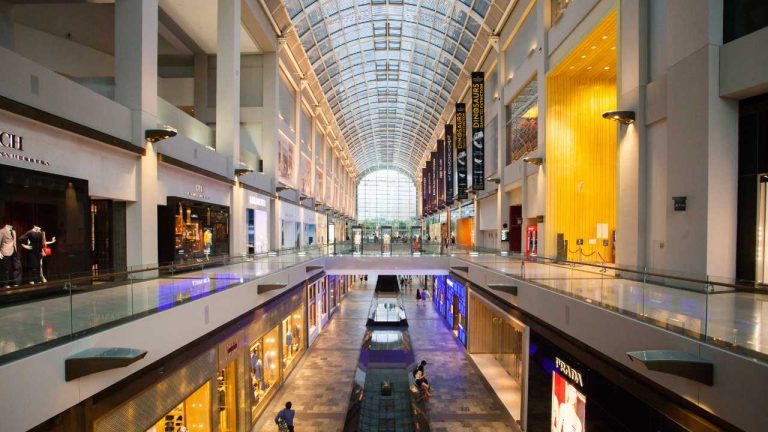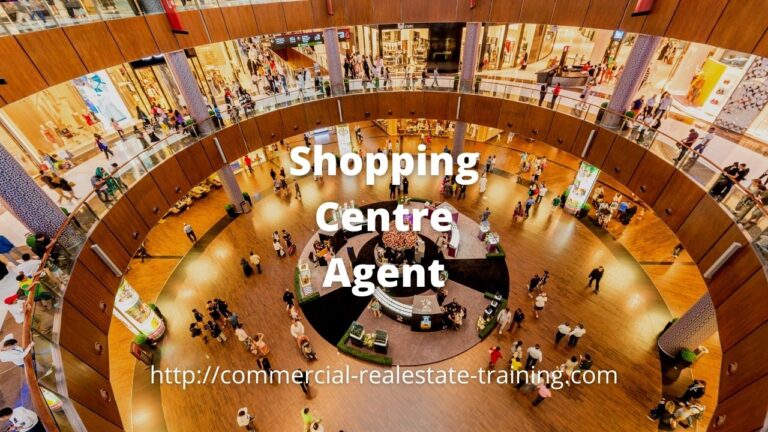Retail Shopping Center Management Systems for Today
When it comes to property management processes in investment property, the most intense property type is that of a retail or shopping center nature. There are so many things to think about and manage as part of the overall retail property performance.
It should be said that a successful property management system in retail will be based on a number of key factors including some of the main ones such as:
- Lease management and tenant placement
- Tenancy communication and controls
- Tenant retention and optimisation
- Vacancy management
- Standard lease documentation and rental structures that apply to new leases
- Incentives to be offered to any new tenant
- Income optimisation and rental strategies
- Expenditure budgeting and planning
- Maintenance opportunities and controls
- Risk and insurance choices
- Environmental and Energy
- Optimising the customer visits and sales within the property and with the tenants
- Renovation and refurbishment planning
- Landlord targets, communications and reporting systems
- Separate strategies for the specialized tenants vs. the anchor tenants
- Reporting systems for the landlord that comprehensively control and display income, expenditure, tenancy planning, budgeting, maintenance, and lease strategies.
So these are some of the main items to consider. There are a few others depending on your property type and location. That being said, a retail property manager needs to be particularly experienced and knowledgeable when it comes to large and complex retail properties. An inexperienced property manager can quickly damage retail property performance in many ways.
From the list I have just given, it is easy to see that the processes and controls in a retail property or shopping center are significant and complex. One thing that will help you here is that of a Handover checklist. When you bring any new property into your portfolio, you can use the checklist to move through the critical issues and dates logically; you can capture important issues and action them as appropriate.
A successful retail property is matched to the customer demographic, the growth of the local community, and customer requirements. The property needs to look good, give the and customer a real sense of pleasure when visiting; it should help tenants successfully trade when it comes to offering their services and retail products. The tenancy mix is part of that process and should be assessed on an annual basis as part of the property business plan.





